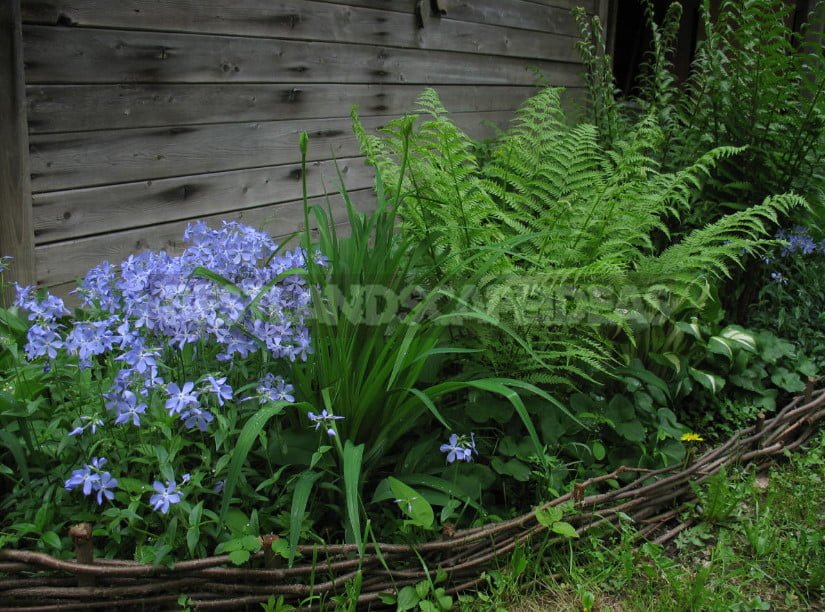
Ferns have become particularly popular in recent years. And they deserve it-because not only of their amazing shade tolerance, but also unique beauty.
The fashion for ferns has already swept the West for 10 years, and gardeners of the East have been nurturing these spore plants for several centuries. However, many of the noteworthy species are still rare in the Midland culture. The culprit, of course, you say, the climate. But wait!
Without taking into account the forest ferns of Europe, Japan and America, let’s stop looking at our far Eastern species. Dryopteris amurensis, Dryopteris buschiana, Dryopteris laeta, Athyrium rubripes, Polýstichum braunii, Onoclea sensibilis, Gymnocarpium jessoense, Woodsia polystichoides… these plants could perfectly decorate shadow gardens. With their winter hardiness everything is in order, the habitats of some of them go far inland, where the climate can no longer be called soft seaside.

What about the forests of Eastern Europe? Here, too, there are many interesting ferns, which for some reason we stubbornly do not notice. And in this regard, there was, frankly, a shameful trend: we get domesticated plants of our local flora in colorful packages from abroad. In the last two years we have been flooded with shields and cobblestones from Poland and Holland!
It is impossible not to say that ferns feel much better in a wetter climate. Growers look with envy at photos of the magnificent ferns grown though to the North, but at softer summer weather. And the habitats of species themselves indicate the desire of ferns to a mild climate.
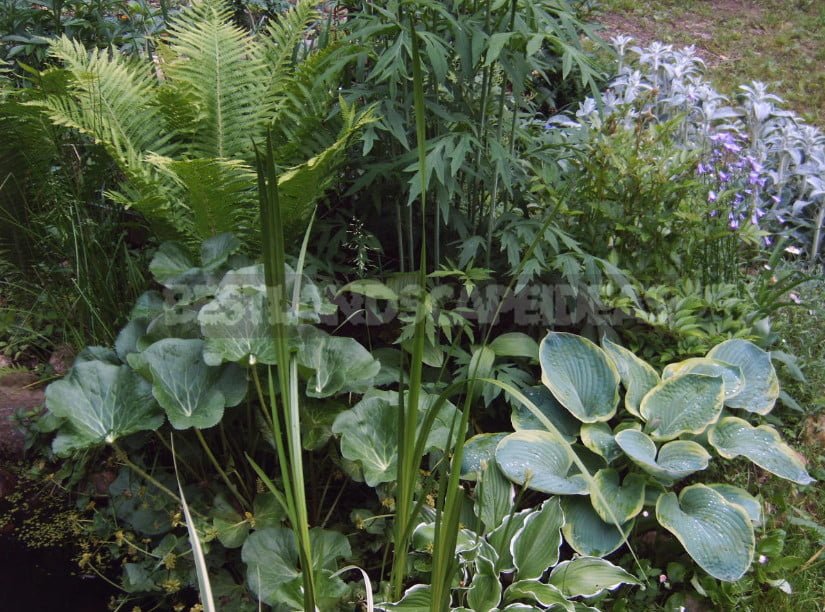
Here, for example, Polypodium vulgare. It grows in the forests of Europe! Wet summer air, created by many lakes, allows her to actively explore the rocks.
But still, in the capital region, you can successfully grow ferns of different colors, especially shade-loving, as in the shade of the humidity of the air and soil is usually higher. If the soil is dried tree roots, then planting ferns, it is necessary to take care of its constant moisture.
So, in addition to shady places, and other suitable types. First of all, it is Dryopteris filix-mas. It saw everything and can tell a lot about him makes no sense. It should probably be recalled only that its generic Latin name dryopteris comes from the Greek words ‘obrys’ — oak and ‘pteris’ — wing, fern. Literally translated, it sounds like a fern of oak forests – that is, he was told by God to grow in the shade of trees.

Our other forest species — Dryopteris dilatata-is also very good. Grows in wet and damp places, on the banks of streams and lakes, in forest swamps, fresh humus soil, peatlands. It is noticed that he was just still running from the bright light, would be only moist soil. It is difficult for non-specialists to distinguish Dryopteris expansa from Dryopteris cristata and Dryopteris carthusiana. But it is not so important – all these types are perfect for damp and shady places in the garden.
Everyone knows Matteuccia struthiopteris. This type can be reconciled with the dryness of the soil, but with sufficient moisture grows one and a half times larger. During his landing in the shadow of the songs we have to remember that he’s crawling and newly formed plants can change the original artistic intent.
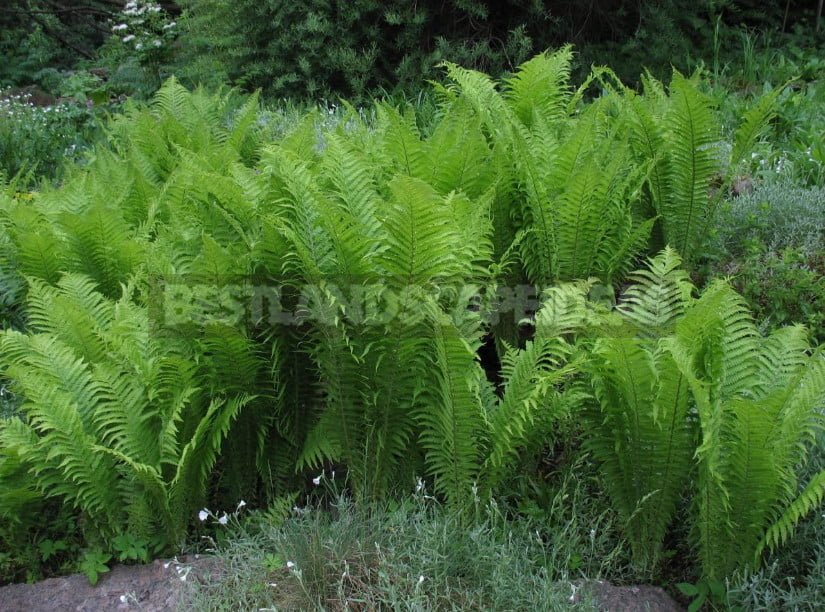
For some reason, Phegopteris connectilis is very rarely used, although it is not necessary to go to the far East. Low creeping fern with structural, nice palms can be planted as a groundcover in dense moist shade.
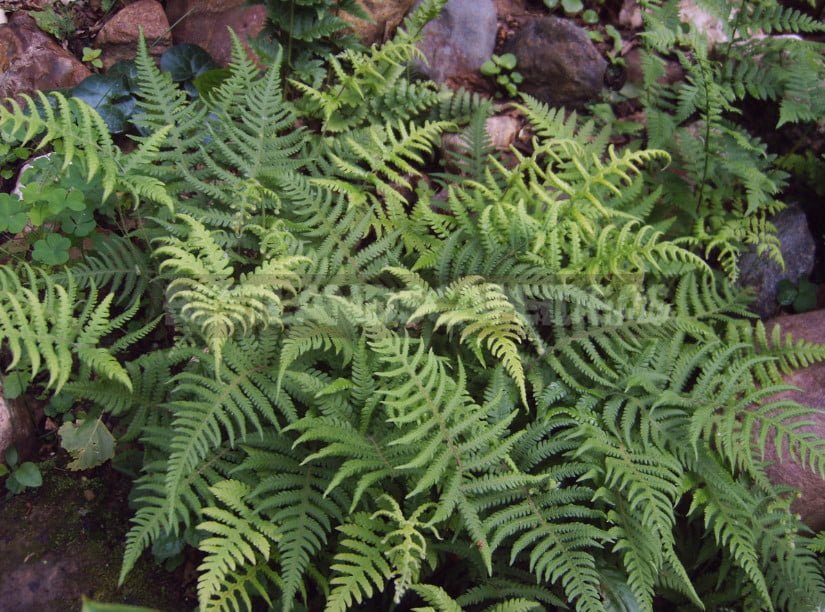
Similarly, two Gymnocarpium Can be used, very similar to each other. They are even lower, but the “carpet” of them is incomparable. To do this, before planting them, you only need to very carefully clean the soil from weeds.

It is more difficult to find Thelypteris palustris, but with the correct landing with him there are no problems. Extremely winter-hardy appearance. Can grow almost in water. If you have a wild shady pond, plant Thelypteris palustris near the shore.
Coniogramrna intermedia-quite large and very original fern from the Far East, Japan and China. Likes all the same: moisture, partial shade… But it needs breathable, loose soil.
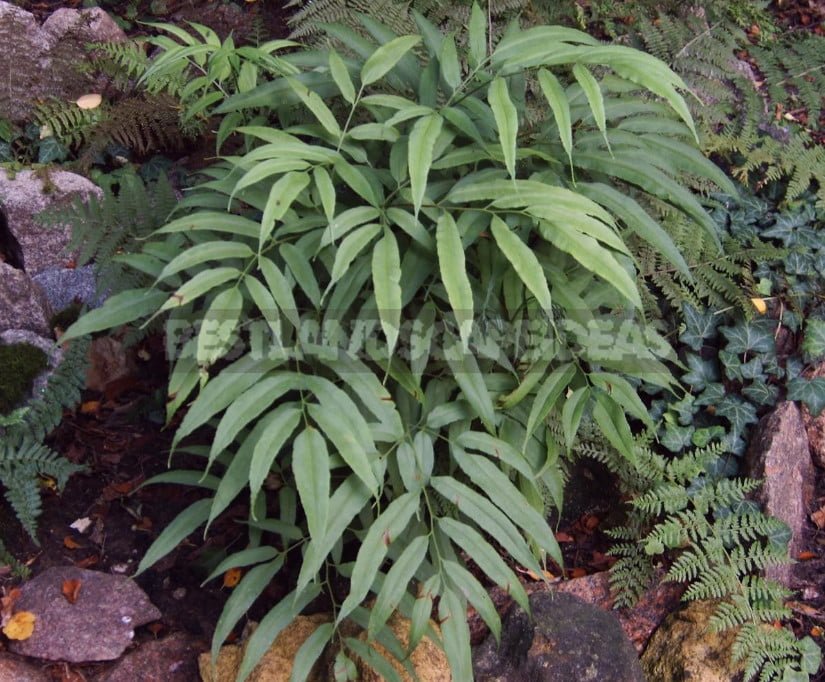
Osmunda is a genus of very beautiful large ferns. Among them: Osmunda regalis, Osmunda asiatica. They actively sell in the spring gardening shops, and the seedlings are of North American origin. In February, the rhizomes are already beginning to unfold fronds, and only with great skill, you can keep the plants in normal condition until spring, while they are still very poorly tolerated transplant into the ground. In addition, these ferns like high humidity and soil.
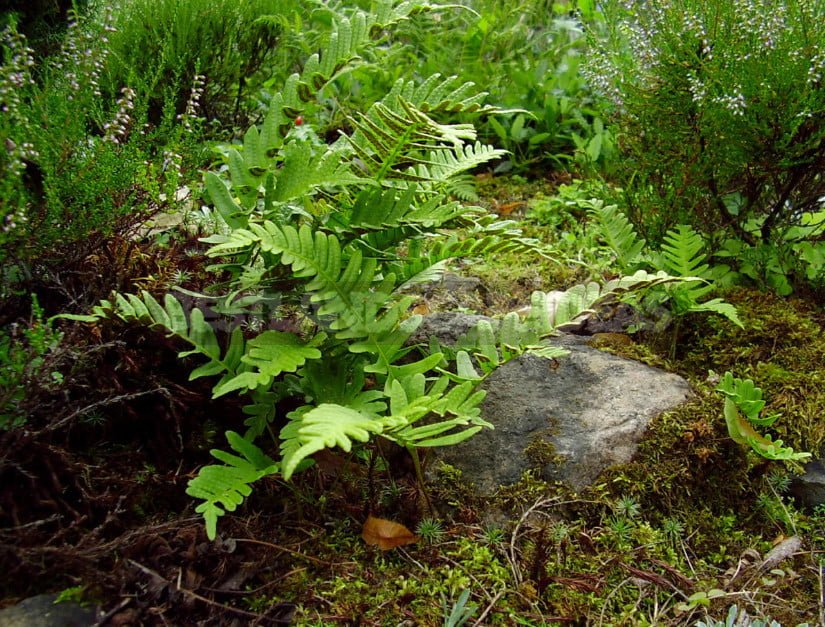
Cystopteris is a very cute little fern with whole leaves. Suitable for shadow rockeries and compact compositions. Generally unpretentious. Low Cystopteris bulbifera also fit into the shadow rockery. Only he needs all the same penumbra and space for growth.
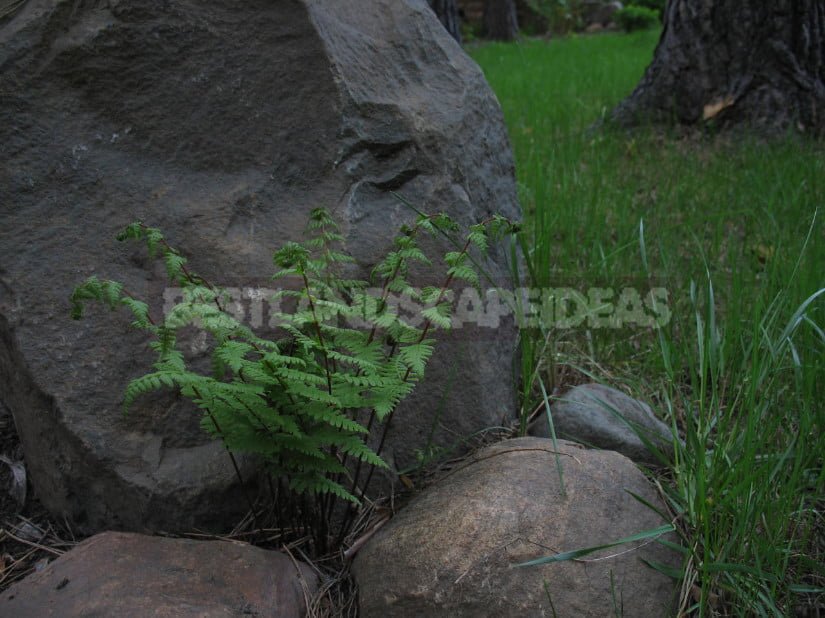
Athyrium. We haven’t forgotten! All known Athyrium filixfemina with delicate fronds more than once helped us in various corners of the garden. In fact, it is very drought-resistant. It can grow in barely diffused light then its fronds are light green, and maybe in the penumbra – then it’s just green.
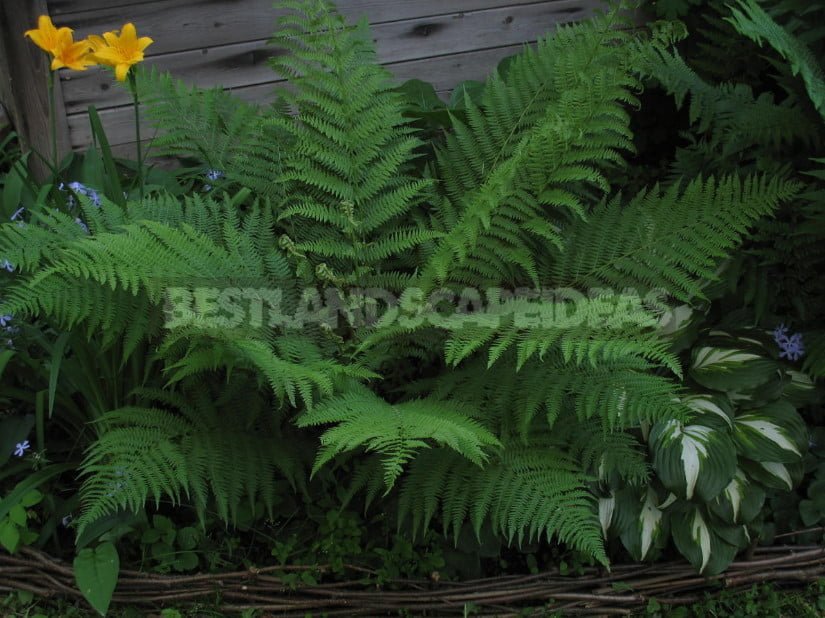
And finally-Pteridium aquilinum. It is a large fern, beautiful, drought-resistant. Can form large thickets, but grows best in a diffuse shadow in the light. For dense shade is not suitable. But not a problem. If we consider that many of these species are known for several dozen varieties, the range of ferns for shade becomes simply immense. And we have listed, and tested gardeners, frankly, not all! So we can only rejoice that in our gardens there are still free shady corners.
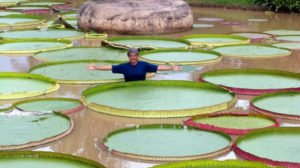
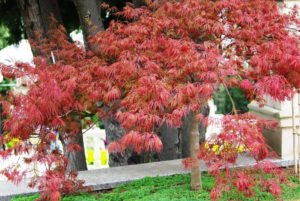

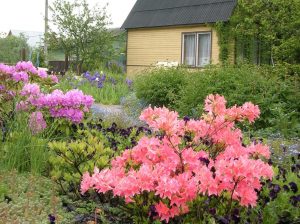
Leave a Reply